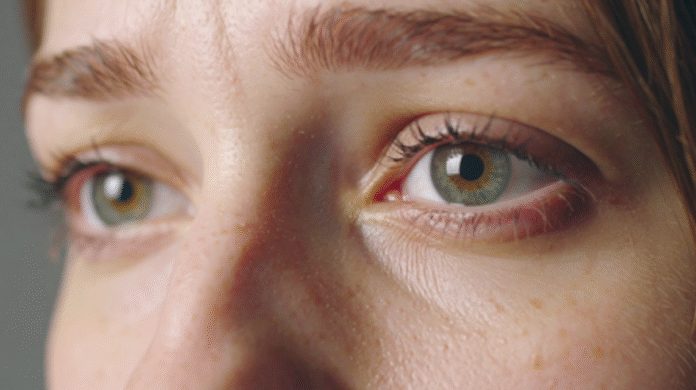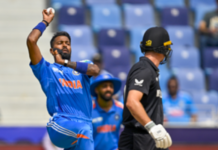NEW DELHI– Corneal blindness, once considered a condition primarily affecting the elderly, is now emerging as a serious threat to teenagers and young adults across India, health experts warned on Monday.
While corneal blindness is a major cause of vision loss, it is largely preventable. The condition occurs when the cornea—the transparent front layer of the eye—becomes cloudy or scarred, often due to infections, injuries, or nutritional deficiencies.
According to the Indian Society of Cornea and Kerato-Refractive Surgeons (ISCKRS), India records between 20,000 and 25,000 new cases of corneal blindness each year—a number that continues to grow. Corneal opacities are now the second leading cause of blindness in the country, affecting tens of thousands annually.
“We’re seeing an alarming rise in corneal blindness among people under 30,” said Dr. Rajesh Sinha, Professor of Ophthalmology at AIIMS, New Delhi, at the ISCKRS’s three-day meet.
“Simple infections, untreated injuries, and a lack of awareness are turning into permanent visual disabilities in young people.”
The expert panel attributed the increase to trauma-related injuries, especially among youth working in agriculture, factories, or construction. These injuries are often left untreated or managed with home remedies, which can lead to infections and long-term scarring.
Vitamin A deficiency, still common in many parts of India, is another major contributor to corneal damage in children and adolescents. Experts also cited poor public awareness, delayed diagnoses, and inadequate access to specialized eye care in rural areas as key challenges.
“It’s unacceptable that in 2025 we’re still losing thousands of young eyes to preventable causes,” said Dr. Ikeda Lal, Senior Consultant in Cornea, Cataract, and Refractive Surgery at a leading Delhi hospital.
“India must treat corneal blindness in youth as a public health emergency. A national strategy with strong community outreach is urgently needed.”
Dr. Lal stressed the importance of early detection and preventive care, especially through rural and school-based health programs.
“Even minor symptoms like redness, irritation, or blurry vision should never be ignored. By the time many patients reach tertiary care centers, the damage is already irreversible.”
She also advocated for the use of tele-ophthalmology and mobile eye clinics to bridge the gap in access between urban and underserved rural populations. (Source: IANS)













